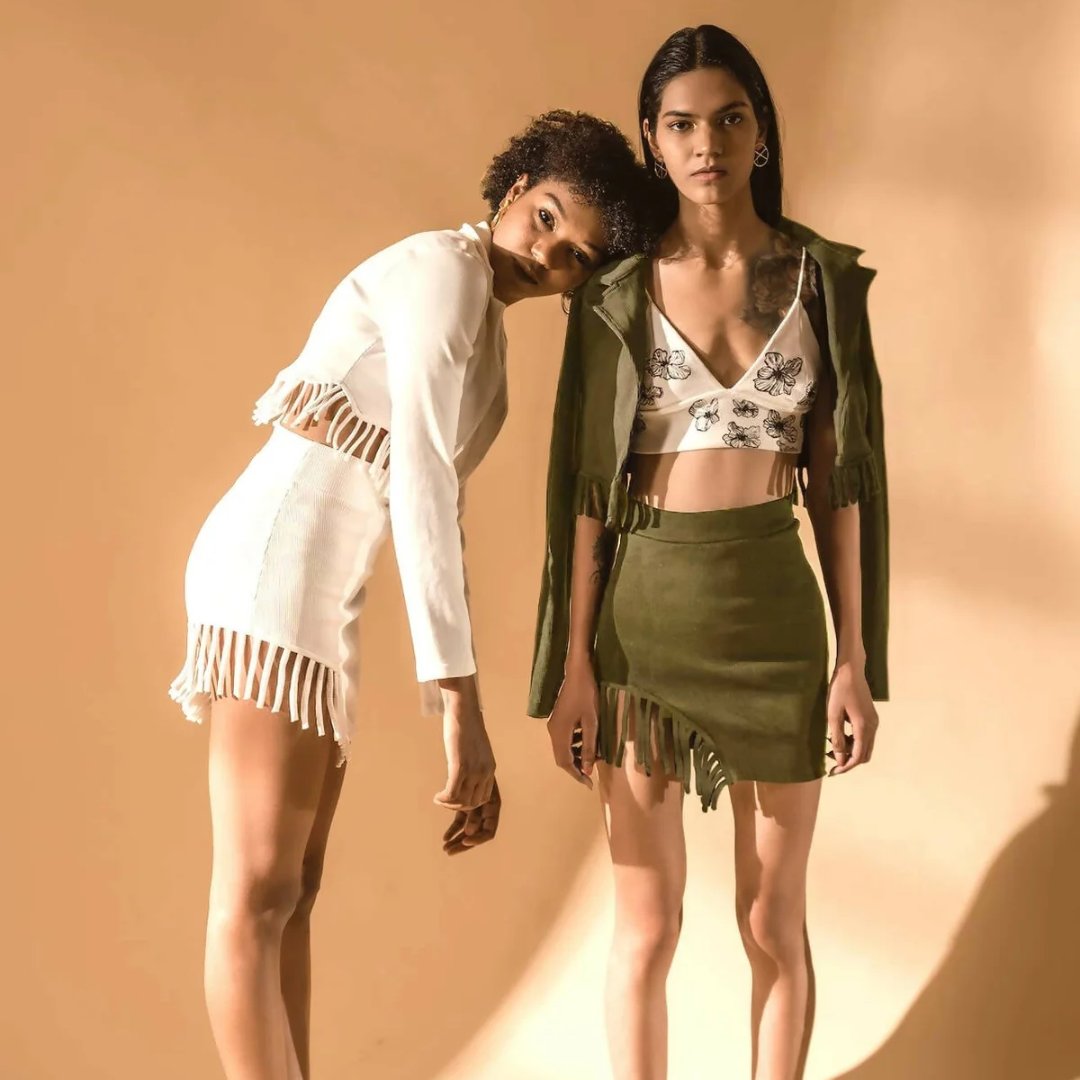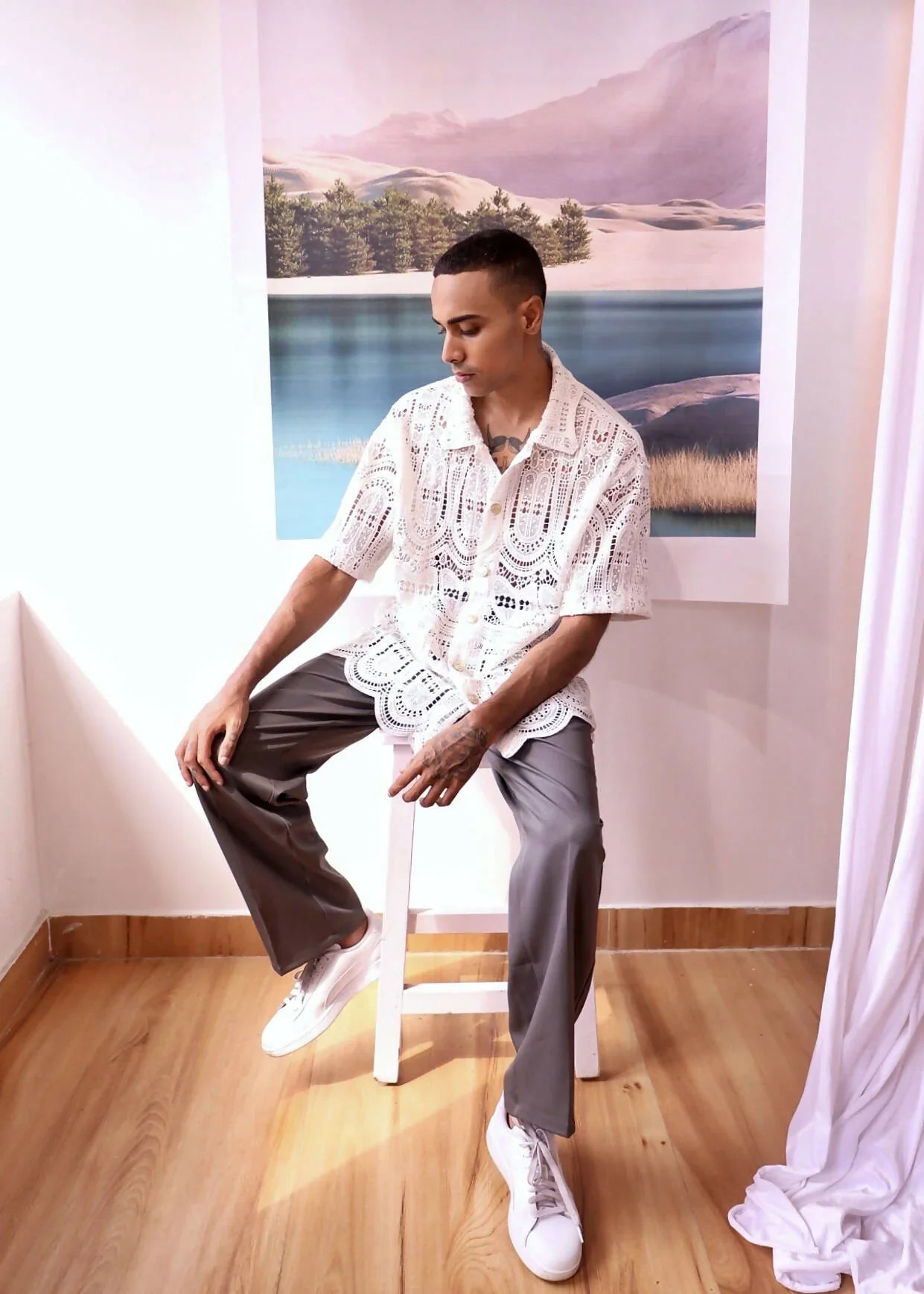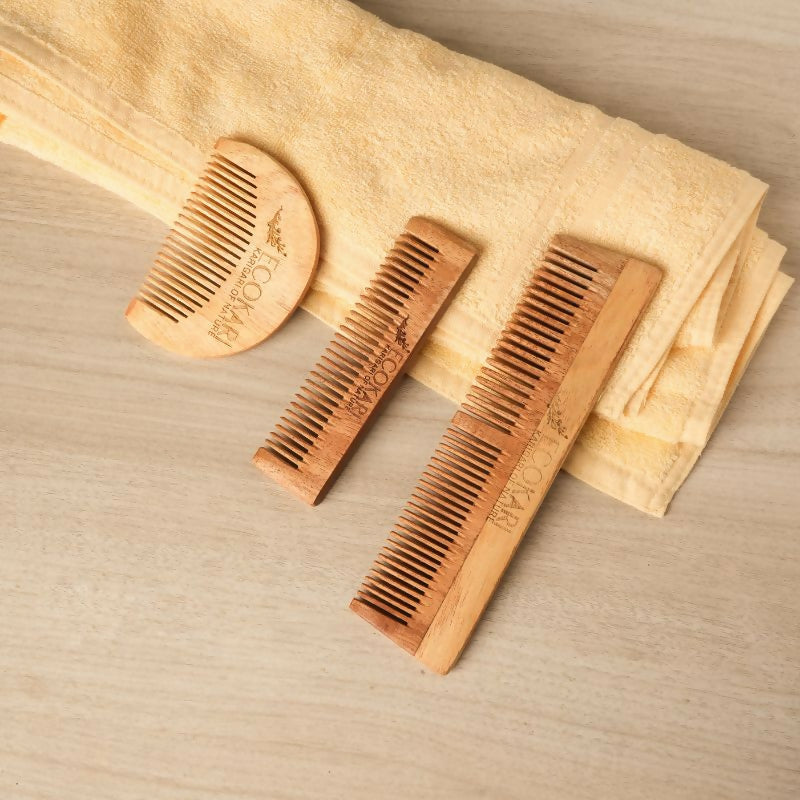Interview with Sheena Uppal, founder of Rengé.
Sheena Uppal's vision of creating everyday, luxe clothing for women comes to life with her brand Rengé. They create beautiful womenswear collections that are made using the finest fabrics sourced from manufacturing houses whilst ensuring that each piece is produced thoughtfully and responsibly.

( Sheena Uppal, Founder of Renge )
For Sheena, sustainability goes beyond the choice of fabrics used and really extends to all areas of her brand. We chatted with her about her brand, the collections and how she has navigated the pandemic. Read on -
REFASH: Tell us about your brand, Rengé.
Sheena: I started Rengé in 2016 while I was living in Bombay. It was a particularly low period in my life personally, and Rengé was the light at the end of my tunnel. That first year I outsourced all sampling & production and learnt so much along the way. Slowly, by the grace of The Instagram Gods, we started to get noticed by women that were looking for fuss-free, conscious clothing. In 2017 I moved to Delhi, and we set up our manufacturing unit in Faridabad.
R: Where do you source the surplus fabrics from? How do you ensure they are of optimum quality?
S: We source export surplus fabrics from a few mills in Haryana. Export bulk production means you have a lot of left over fabrics that were produced, but never made into garments. I personally love working with unprocessed fabrics, as that really allows me to visualise how I would like to bring them to life. Because we work only with a few mills for all our sourcing and processing, we know that they follow the strictest compliances for their production. The fabrics are dyed in Creative Dyeing & Printing, which is Oeko-Tex certified and the embroideries come to life in Hemla Embroidery, which is Sedex certified.
R: Take us through your design process. What are some of the challenges you have faced while designing with surplus fabrics?
S: I am not great at sketching at all so more than pen to paper, my mind starts creating when I touch & feel fabrics. I spend a lot of time in my head thinking about the fabrics and their silhouettes and how we can bring them to life. We have worked with surplus polyester in the past especially in our winter collections, however from this year onwards we plan to go season-less and stick to what we love doing best – working with linens and cottons + other earth / skin friendly surplus fabrics and embroidering them! Because we use surplus fabrics, once we run out of the fabrics we can’t produce more. That’s challenging because we don’t always have the foresight of what will sell more, and it’s a USP because once we sell-out, then that’s just it.
R: Beyond design and using surplus textiles to create your collections, how do you ensure that your brand embraces sustainable practices?
S: I think of Rengé as a conscious brand. A small team of well-paid creative individuals who’ve come from all walks of life. I believe in a more linear salary system, because for me no job is more or less important than the other. All fabric processing happens within a 3km radius. So from start to finish, our garments don’t travel far before reaching their final destination. Most of our garments are made to order, as we don’t like sitting on inventory. All orders are packed in beautiful boxes made from local recycled paper. We’ve started making free masks from waste fabrics that go with each order. As an animal lover, we also have 4 resident dogs and spearheaded an initiative to spay 400 dogs in Faridabad! In my world, making thoughtful garments and caring for street animals go hand in hand.
R: What is the biggest misconception about being a sustainable fashion brand?
S: That using only organic fabrics makes a brand sustainable. I personally look at being conscious with a wholesome approach beyond just looking at the choice of fabrics. For eg, my priority during this pandemic was to make sure we didn’t let anyone go from our team. Creating a more linear salary structure, and thinking about how many people that individual needs to support at home. Looking beyond our needs and working for the welfare of street animals.
R: If you could change one thing about the fashion industry, what would that be?
S: Produce less. Full stop. The biggest problem today is over production. We produce more than we consume.
R: How has your relationship with fashion changed as you delve into the world of sustainable fashion?
S: I’ve definitely become a more mindful consumer. I’ve also realised the amount of work and hidden costs that go into running a brand, especially a conscious & thoughtful brand.
R: Who's the one person who has inspired you on your sustainability journey?
S: I am really in awe of Anya Gupta and I’m constantly learning from her. My life’s biggest inspiration is my dog Django – he makes me want to be a better human.
R: If not an entrepreneur, what else would you be doing?
S: Well, this is the future dream – to live by the sea making beautiful clothes, surrounded by rescued animals – donkeys, dogs, cats you name it!
Shop the collection here -






hii i am am rahul and i read your article this is very nice. Very helpful & best business advice to get rid of excess stock. You can also setup e-marketplace platform like ValueShoppe . This could be the best opportunity to flush out any stock that hasn’t sold in the past 1-2 years.
Leave a comment